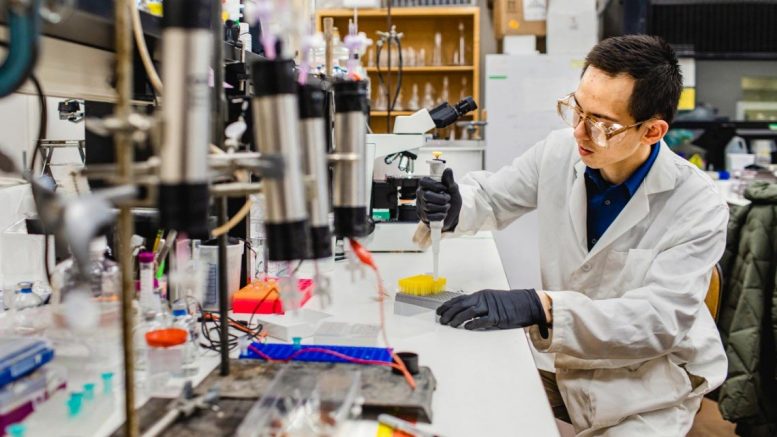
Undergraduate research assistant David Karasz, prepares cultures of Paraburkholderia for scanning electron microscopy to identify cellular structures involved in chain formation. Credit: Allison Usavage, Cornell University
Cornell researchers have found a new species of soil bacteria – which they named in memory of the Cornell professor who first discovered it – that is particularly adept at breaking down organic matter, including the cancer-causing chemicals that are released when coal, gas, oil and refuse are burned.
“Microbes have been here since life began, almost 4 billion years. They created the system that we live in, and they sustain it,” said Dan Buckley, professor of microbial ecology in the Section of Soil and Crop Sciences in the School of Integrative Plant Science. “We may not see them, but they’re running the show.”
Buckley and five other Cornell researchers, along with colleagues from Lycoming College, described the new bacterium in a paper, “Paraburkholderia madseniana sp. nov., a phenolic acid-degrading bacterium isolated from acidic forest soil,” published on February 6, 2020, in the International Journal of Systematic and Evolutionary Microbiology.
The new bacteria, madseniana, is named to honor the late Gene Madsen, the microbiology professor who started the research. He died in 2017, before he could confirm the discovery.
All plants and animals, including humans, host a collection of friendly bacteria that help us digest food and fight infection. The bacteria living in soils not only help plants grow, cope with stress and fight off pests, they’re also essential to understanding climate change.
The newly discovered bacteria belong to the genus Paraburkholderia, which are known for their ability to degrade aromatic compounds and, in some species, the capacity to form root nodules that fix atmospheric nitrogen. The species name, madseniana, reflects the legacy of Madsen’s work in the field of environmental microbiology.
Madsen’s research focused on biodegradation – the role microbes play in breaking down pollutants in contaminated soils – with a special focus on organic pollutants called polycyclic aromatic hydrocarbons (PAHs). His work was groundbreaking in providing natural tools to address hazardous waste in areas where contaminated soils can’t easily be dug up and removed.
“Gene was a humble man and a great scientist. I am so happy to see his legacy live on in this way,” said Esther Angert, professor and chair of the Department of Microbiology. “It’s so apt that a bacterium with these traits would be named after this remarkable environmental microbiologist. I think Gene must be smiling.”
The work started in a Cornell experimental forest on Turkey Hill, a natural area stewarded by Cornell Botanic Gardens. Madsen isolated the new bacteria from the forest soil; Buckley’s team brought the project to completion.
The first step was sequencing the bacterium’s ribosomal RNA genes, which provided genetic evidence that madseniana was a unique species. In studying the new bacteria, the researchers noticed that madseniana is especially adept at breaking down aromatic hydrocarbons, which make up lignin, a major component of plant biomass and soil organic matter. Aromatic hydrocarbons are also found in toxic PAH pollution.
This means that the newly identified bacteria could be a candidate for biodegradation research and an important player in the soil carbon cycle.
Buckley’s lab focused on the bacterium’s role in the carbon cycle – the natural cycling of carbon through the Earth and the atmosphere, which scientists say has been thrown out of whack by excess human carbon emissions.
“We know remarkably little about how soil bacteria operate,” Buckley said. “Soils, every year, process about seven times more carbon than all of the human emissions from cars, power plants and heating units, all over the world, just in their natural work of decomposing plant material. Because it’s such a large amount of carbon going through the soil, small changes in how we manage soil could make a big impact on climate change.”
In the case of madseniana, Buckley’s lab wants to learn more about the symbiotic relationship between the bacteria and forest trees. Initial research suggests that trees feed carbon to the bacteria, and in turn the bacteria degrade soil organic matter, thereby releasing nutrients such as nitrogen and phosphorus for the trees.
Understanding how bacteria break down carbon in soil could hold the key to the sustainability of soil and the ability to predict the future of global climate.
Reference: “Paraburkholderia madseniana sp. nov., a phenolic acid-degrading bacterium isolated from acidic forest soil” by Roland C. Wilhelm, Sean J. L. Murphy, Nicole M. Feriancek, David C. Karasz, Christopher M. DeRito, Jeffrey D. Newman and Daniel H. Buckley, 6 February 2020, International Journal of Systematic and Evolutionary Microbiology.
DOI: 10.1099/ijsem.0.004029
Roland Wilhelm, a postdoctoral associate in Buckley’s lab, was the paper’s first author. Other co-authors included Sean Murphy, a Ph.D. student in the lab; undergraduate research assistants Nicole Feriancek ’22 and David Karasz ’20; Christopher DeRito, a research support specialist; and Jeffrey Newman, a biology professor at Lycoming College.
This research was supported the USDA National Institute of Food and Agriculture through a McIntire Stennis grant.

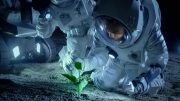
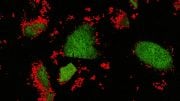
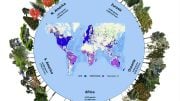
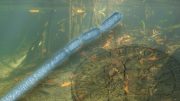
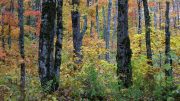
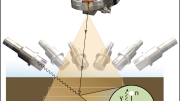
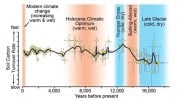
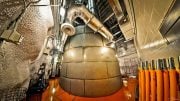
Be the first to comment on "New Species of Bacteria That Fights Climate Change Discovered by Cornell Scientists"